Select an Orthopaedic Specialty and Learn More
Use our specialty filter and search function to find information about specific orthopaedic conditions, treatments, anatomy, and more, quickly and easily.
GET THE HURT! APP FOR FREE INJURY ADVICE IN MINUTES
Shoreline Orthopaedics and the HURT! app have partnered to give you virtual access to a network of orthopaedic specialists, ready to offer guidance for injuries and ongoing bone or joint problems, 24/7/365.
Browse Specialties
-
- Minimally Invasive Surgery (Arthroscopy)
Arthroscopy (Minimally Invasive Surgery)
Arthroscopy is a minimally invasive surgical procedure used by orthopaedic surgeons to visualize, diagnose, and treat problems inside the joint. Because it requires only tiny incisions, arthroscopy can be performed without a major, invasive operation and many procedures can be done on an outpatient basis.
More Info -
- Bone Health & Osteoporosis
- Foot & Ankle
- Fractures, Sprains & Strains
- Hand & Wrist
- Hip
- Knee
- Neck and Back (Spine)
Bone Health & Osteoporosis
One in two women and up to one in four men will break a bone in their lifetime due to osteoporosis. For women, the incidence is greater than that of heart attack, stroke and breast cancer combined. Shoreline Orthopaedics has opened the Bone Health and Osteoporosis Clinic to help patients prevent fractures and breaking of that second bone.
More Info -
- Fractures, Sprains & Strains
- Knee
- Ligament Disorders
- Sports Medicine
Collateral Ligament Injuries (MCL, LCL)
Knee ligament sprains or tears are a common sports injury, and the MCL is injured more often than the LCL. The MCL is the most commonly injured ligament in the knee. However, due to the complex anatomy of the outside of the knee, an injury to the LCL usually includes injury to other structures in the joint, as well. Athletes who participate in direct contact sports like football or soccer are more likely to injure their collateral ligaments.
More Info -
- Physical Medicine & Rehabilitation (PM&R)
Fibromyalgia
Fibromyalgia is a condition characterized by widespread pain and tenderness to the touch. Other symptoms commonly associated with fibromyalgia are fatigue, waking unrefreshed, depression, anxiety and memory problems. Numbness and tingling, weakness, urinary frequency, diarrhea and constipation may be present, as well.
More Info -
- Pediatric Injuries
- Sports Medicine
High School Sports Injuries
Teenage athletes are injured at approximately the same rate as professional athletes, but because they are often still growing, it is extremely important seek proper treatment immediately. A child’s bones grow at a different rate of speed from that of muscles and tendons. This uneven growth pattern makes younger athletes more susceptible to muscle and tendon injuries, and growth plate fractures.
More Info -
- Fractures, Sprains & Strains
- Ligament Disorders
- Muscle Disorders
- Neck and Back (Spine)
- Physical Medicine & Rehabilitation (PM&R)
Neck Sprains & Strains
Sprains and strains are injuries to ligaments, muscles or tendons. A sprain is the simple stretch or tear of a ligament. A strain may be a simple stretch of a muscle or tendon, or it may be a partial or complete tear in the muscle/tendon combination.
More Info -
- Foot & Ankle
- Hand & Wrist
- Podiatry
- Sports Medicine
Nerve Injuries
Injury to a nerve can stop signals to and from the brain, resulting in a loss of feeling in the injured area and causing the muscles to stop working properly. Nerves are fragile and can be damaged by pressure, stretching, or cutting.
More Info -
- Neck and Back (Spine)
- Pediatric Injuries
- Physical Medicine & Rehabilitation (PM&R)
Scoliosis
Scoliosis is a common condition of the spine that affects many children and adolescents. Unlike a normal spine that runs straight down the middle of the back, a spine with scoliosis forms a sideways curve that may look like a letter “C” or “S.” Scoliosis can cause the spine to rotate or turn, resulting in a shoulder, shoulder blade (scapula), or hip that appears higher than the other.
More Info -
- Fractures, Sprains & Strains
- Hand & Wrist
Wrist, Scaphoid Fracture
Fractures of the scaphoid occur in people of all ages. This fracture often happens as a person tries to break a fall and lands on an outstretched hand with the palm bearing most of the weight. Automobile accidents and sports injuries are also frequent causes.
More Info



